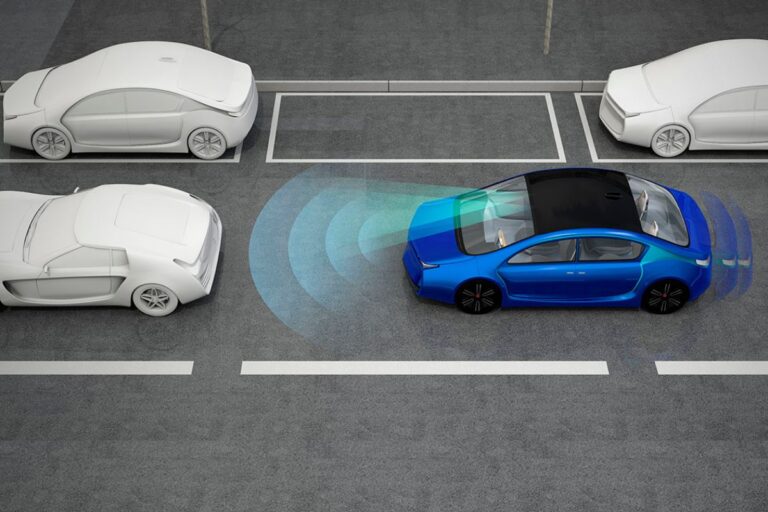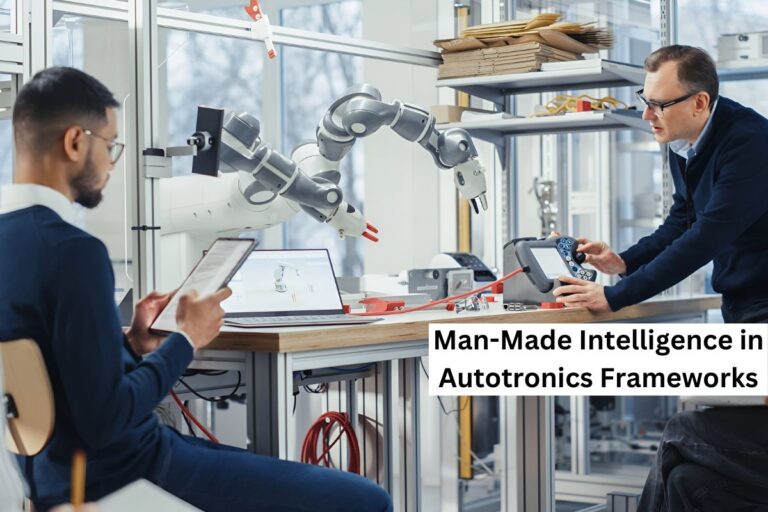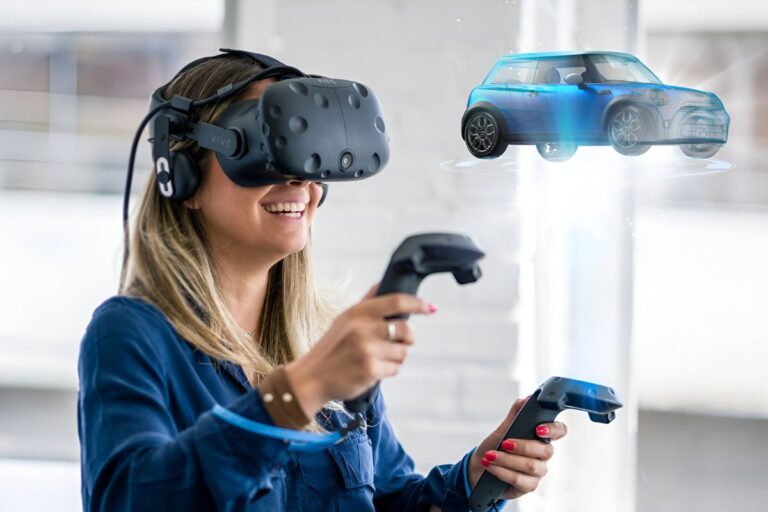Technology is advancing at an unprecedented rate. One such advancement is the development of Autotronics software, which combines automation and electronic control systems to power vehicles and other machinery. While Autotronics software brings numerous benefits, its development is not without challenges. In this blog, we’ll explore some key challenges faced in Autotronics software development and discuss potential solutions.
Understanding Autotronics Software Development
Before digging into difficulties and arrangements, we should get a handle on the substance of Autotronics programming improvement. Autotronics programming is the cerebrum behind current auto frameworks, controlling everything from motor execution to somewhere-safe elements. It depends on unpredictable calculations and exact design to guarantee ideal usefulness and client experience.
Key Challenges
1. Complexity
Autotronics software development is inherently complex due to the intricate interplay of hardware and software components. Integrating various systems and ensuring seamless communication among them poses a significant challenge.
2. Safety and Reliability
With vehicles relying increasingly on software-driven functionalities, ensuring the safety and reliability of autopilot systems becomes paramount. Any software glitch or malfunction can have catastrophic consequences, making rigorous testing and validation essential.
3. Real-time Processing
Autonomic systems often require real-time processing to respond swiftly to changing environmental conditions and user inputs. Achieving real-time responsiveness while managing system resources efficiently presents a significant technical challenge.
4. Security Threats
As vehicles become more connected, they become susceptible to cyber threats. Protecting Autotronics software from malicious attacks and ensuring data privacy are critical concerns in software development.
Solutions
1. Collaborative Development Approach
To tackle the complexity of Autotronics software development, adopting a collaborative approach is crucial. This involves close collaboration among hardware engineers, software developers, and domain experts throughout the development lifecycle. By fostering synergy among diverse teams, organisations can streamline development processes and accelerate innovation.
2. Rigorous Testing and Validation
Ensuring the safety and reliability of autopilot systems requires comprehensive testing and validation procedures. This includes simulation testing, real-world testing, and adherence to industry standards such as ISO 26262 for functional safety. Implementing robust testing frameworks and conducting thorough validation tests can mitigate risks and enhance system robustness.
3. Optimisation for Real-Time Performance
To meet the demands of real-time processing, developers need to optimise Autotronics software for performance. This involves employing efficient algorithms, minimising processing overhead, and leveraging hardware accelerators where applicable. By prioritising performance optimisation from the outset, developers can ensure that Autotronics systems meet stringent real-time requirements without compromising functionality.
4. Cybersecurity measures
To address security threats, Autotronics software must be fortified with robust cybersecurity measures. This includes implementing encryption protocols, intrusion detection systems, and secure communication channels to safeguard against unauthorised access and data breaches. Additionally, conducting regular security audits and staying abreast of emerging threats can help preempt potential vulnerabilities and fortify Autotronics systems against cyber attacks.
Meet Sushen Mohan Gupta: The Leader Behind Autotronics Magic
Ever wondered who’s steering the ship at Deva Autotronics? Well, that’s Sushen Mohan Gupta, the big cheese over there. As CEO, he’s the brains behind the cool stuff happening in Autotronics.
You see, Autotronics is all about making cars and machines smarter, and Sushen’s the guy making it happen. He’s all about tackling tough challenges like making sure everything runs smoothly, keeping things safe, and making sure your car reacts fast when you hit the brakes.
And let’s not forget about security. With cars getting more connected, there’s a lot of buzz about keeping them safe from hackers. Sushen’s on it, making sure your ride stays secure and your data stays private.
So, next time you hear about cool new Autotronics tech, just know that Sushen Mohan Gupta and his crew at Deva Autotronics are the ones making it happen. They’re the real MVPs in the world of smart cars and machines.
Conclusion
Autotronics software development presents a myriad of challenges, ranging from complexity and safety concerns to real-time processing and cybersecurity threats. However, with the right strategies and solutions in place, these challenges can be effectively mitigated. By embracing collaborative development approaches, rigorously testing and validating systems, optimising for real-time performance, and implementing robust cybersecurity measures, organisations can navigate the complexities of automotive software development and drive innovation in the automotive industry.
In essence, overcoming the challenges in Autotronics software development requires a holistic approach that prioritises safety, reliability, performance, and security. As technology continues to evolve, addressing these challenges will be essential to unlocking the full potential of autonomous systems and shaping the future of transportation.






